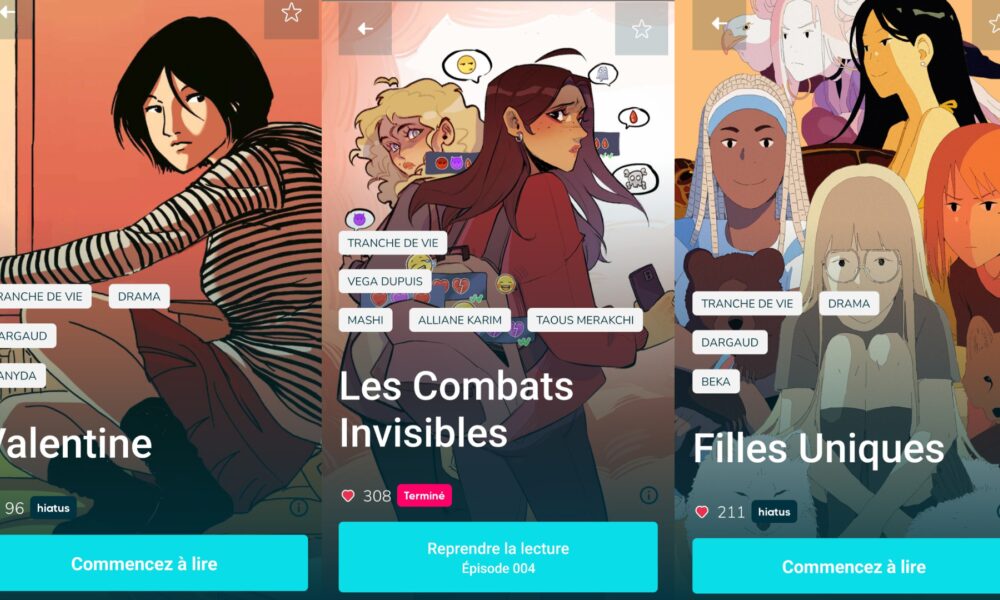The Art of Adaptation: Transforming Comics into "Vertical" Format

In the dynamic landscape of digital storytelling, the adaptation of traditional comics into webtoons is what we colloquially refer to as "webtoonization." What does this entail? It involves converting an existing comic into a vertical format, allowing it to be read on a mobile phone by scrolling through the panels. Today, webtoons have evolved into a distinct discipline, requiring a meticulous process that goes beyond simple digitization. Dreamwall has worked in a small "research and development" team on the webtoonization of several works from Dupuis, Dargaud, Kana (broadcast on the ONO platform) and shares its experience. This zooms in on a transformation process serving the original work to ensure that "nothing changes."
Webtoons: Platforms and Models
Dreamwall's webtoon adaptations have been broadcast on the ONO platform, established in 2023. Numerous platforms originating in Asian markets have already made their way to Europe, including Webtoon, Piccoma, Delitoon, Webtoon Factory, and Allskreen. With over 20 million readers in the USA and a million or more in France, webtoons are gaining popularity. In Japan, it has already surpassed manga in digital support. France ranks as the third-largest exporter of webtoons, following Japan and the USA. Generally, platforms offer the initial episodes for free. If readers are hooked and wish to continue the story, they either wait for the release of the next (free) episode a few days later or purchase the episodes they want to read.
Storyboarding and Layout Adaptation
The adaptation process begins with storyboarding each episode, as webtoons are typically consumed in episodes or chapters. Webtoon artists analyze the narrative, ensuring each episode concludes with a cliffhanger to entice readers to continue. Once the storyboard is approved by the author and/or editor, the adaptation of the layout follows to transform the comic into a vertical mode. This includes adapting speech bubbles, redrawing certain parts of the image if modification is needed, and spacing images for smooth scrolling. In the digital realm, readability is a major concern. Adjusting the size and style of textual elements is also necessary to ensure easy reading on different devices. All this work is reviewed and approved by the author and/or editors, with the primary goal of preserving the integrity of the work through its adaptation.
Webtoonizing Comics and Webtoon Creation
Adapting existing comics into webtoon format introduces European heritage to a new audience that may be less familiar with traditional paper formats. This is crucial to compete with content from Korea, Japan, and other major players. That being said, the contribution of creations specifically designed for webtoons, embracing the format's codes from conception (playing with the fall, utilizing vertical framing) is and will be essential to stand out from the industry's major players.
Adapting to the Digital Era of Storytelling
Transforming a comic into a webtoon is a journey that blends creativity, technical expertise, and a deep understanding of the platform and its audience. By adapting to the evolution of storytelling in the digital era, creators can breathe new life into their narratives, establishing innovative connections with readers.